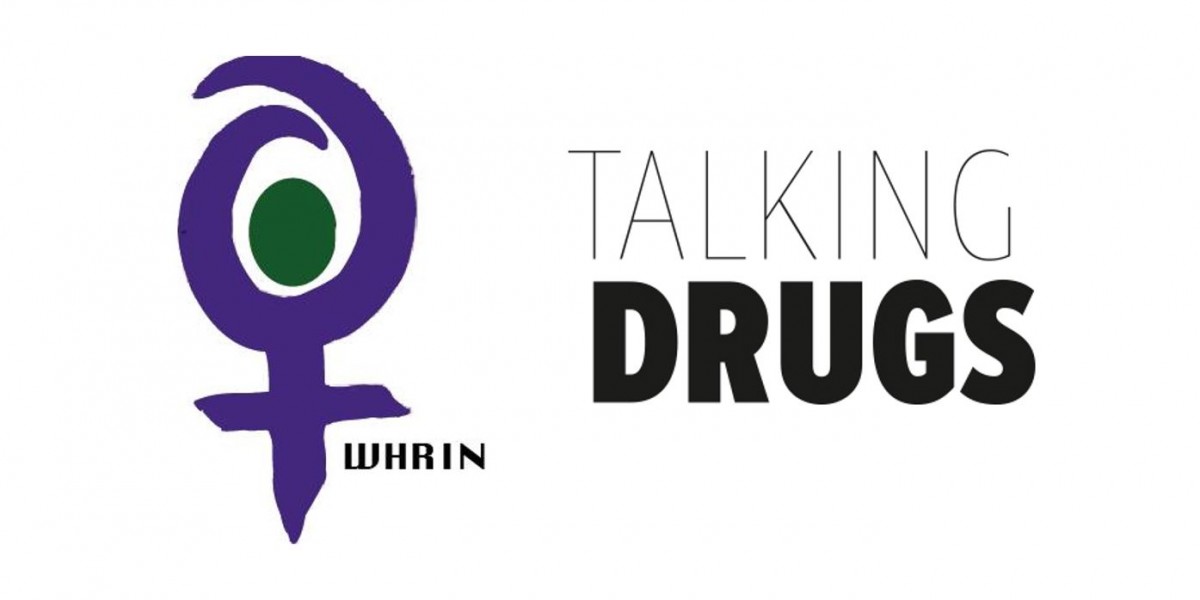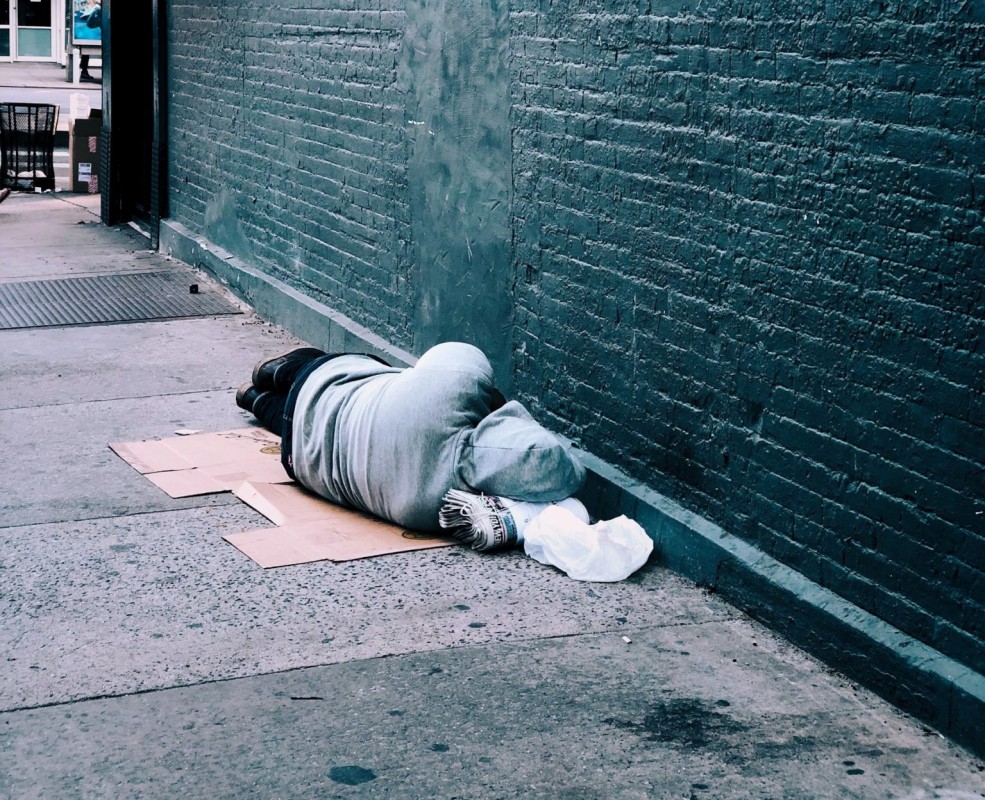The government of Ukraine will fully fund an opioid substitution therapy (OST) programme for people with high-risk drug use.
Beginning in 2017, the state budget will allocate $500,000 annually to providing free OST to 8,000 people who inject opioids. The programme will be targeted at people who use heroin, as well as those who use homemade heroin substitutes which are cheaply produced with legally-purchased pharmaceuticals.
OST has been available in Ukraine for the past 12 years, and is funded by the Global Fund to fight AIDS, Tuberculosis, and Malaria. However, due to Ukraine’s recent increase in income status, the Global Fund plans on halving their donations to the country, forcing government intervention.
One of the programme’s goals is lowering the number of new HIV infections being transmitted by people who use non-sterile needles to inject drugs. The OST programme will provide ingestible tablets, such as buprenorphine, or drinkable substitutes, such as liquid methadone, to reduce opioid withdrawal effects. Daily support and counselling are also provided.
The UNODC estimates that between 0.88 and 1.22 per cent of the population (aged 15-64) inject drugs, while around one in five people over the age of 25 who inject drugs have HIV. According to a 2013 report by the Ukrainian Ministry of Health, 45 per cent of the estimated 290,000 people with HIV in the country became infected with the virus by injecting drugs.
The OST programme is also aimed at combating the spread of other blood borne viruses, such as Hepatitis C – which around 1.17 million people, or three per cent of the population, have been infected with.
The spread of infectious diseases among people who inject drugs can also be reduced by needle and syringe programmes (NSPs), of which there are 1,667 in Ukraine. However, only an estimated 10 per cent of people who inject drugs are accessing NSPs.
The Global Fund has withdrawn from other countries in Eastern Europe in recent years, yet governments have not always taken up the funding. In 2010, a rise in Romania’s income status led to the Health Fund withdrawing funding from the country’s HIV services. The national HIV infection rate among people who inject drugs then rose from three per cent to 29 per cent in three years.
Despite the government’s pledge, the reduction of non-governmental funding for harm reduction services is a potentially dangerous decision. However, the government has addressed the concerns of those who fear that harm reduction services will be weakened.
Pavlo Rozenko, the vice president of Ukraine, has said that the government’s move is an “ideological choice. It’s not just because of Ukraine’s international obligations. We do this primarily for those people who are faced with these serious diseases and need our help”. Encouraging words for Ukraine’s harm reduction activists and people who use drugs.


